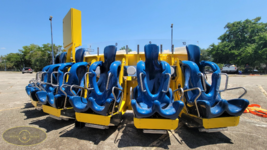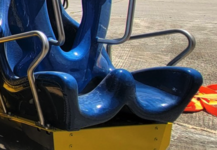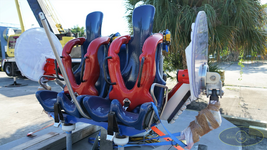Skyscraper
TS Member
- Favourite Ride
- Voltron Nevera
I'm surprised it doesn't have seatbelts (connecting the OTSR to the seat, like a lot of rides have) to be honest. Likely that adding those could be one of the recommendations following the investigation.A young teenager fell to his death on the drop tower at Icon Park in Orlando last night.
The guest's restraint appears to fail at the moment of deaccerlation in a video doing the rounds. Horrific to watch.
RIP.




